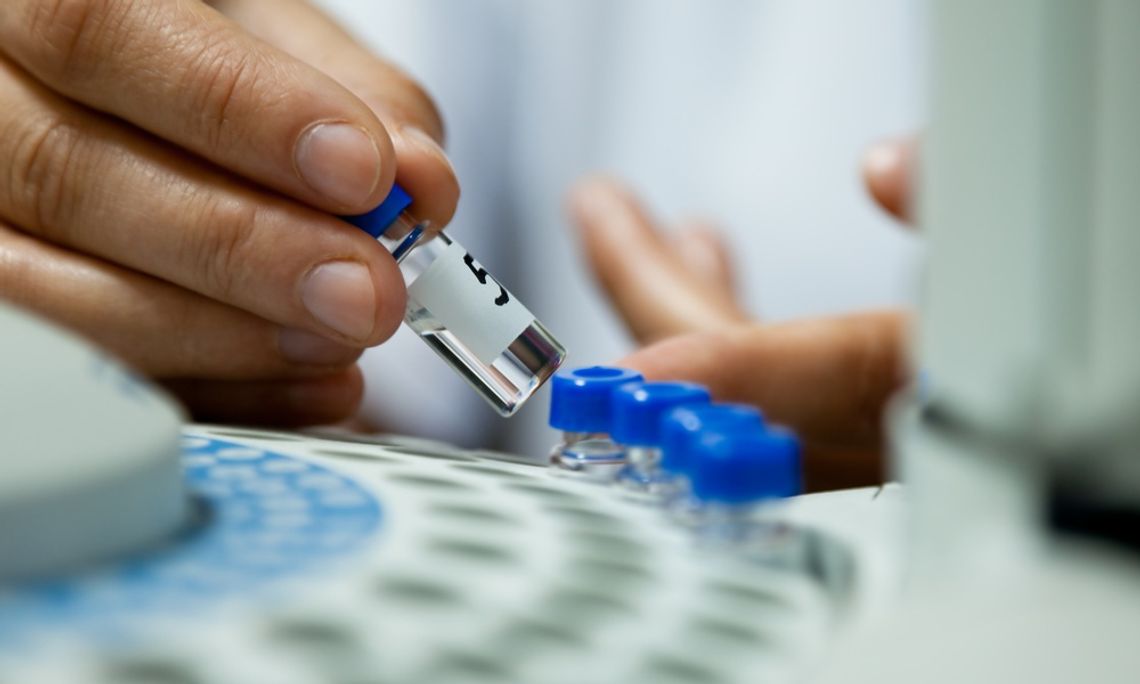Chromatography might sound like a term pulled straight from a chemistry textbook, but its applications are far more accessible than you might think. It is simply the process of separating individual components from a mixture to analyze or purify them. This blog will uncover some of the fascinating everyday uses for chromatography.
Ensuring the Quality and Safety of Food
Chromatography plays a pivotal role in making sure the food you eat is safe and of high quality. It can detect contaminants (like pesticides and harmful chemicals) in produce and confirm that agricultural products meet health standards.
For example, gas chromatography can identify trace amounts of additives or harmful residues in packaged foods. Additionally, this technique is essential in flavor profiling. This means it helps manufacturers achieve precise taste and aroma in beverages like coffee, wine, and soda.
Advancing Medical Breakthroughs
Chromatography is integral to the development of life-saving drugs and medical diagnostics. Pharmaceutical companies rely on high-performance liquid chromatography (HPLC) to ensure the purity of drugs and identify compounds in treatments. For these applications, researchers use HPLC-grade water to get the most precise lab results since it won’t interfere with sample analysis.
Furthermore, chromatography can help doctors diagnose health conditions. For example, it helps analyze blood samples for biomarkers that indicate diseases or monitor therapeutic drug levels in patients.
Solving Crimes
Forensic experts employ chromatography for solving crimes. Utilizing this technique, they can analyze blood, hair, fibers, and other substances collected at crime scenes.
For instance, gas chromatography–mass spectrometry (GC–MS) can detect toxins or drugs in a victim’s body, offering clues crucial in criminal investigations. Chromatography can even match ink in questioned documents to specific pens or printers!
Monitoring Environmental Safety
Environmental scientists employ chromatography to detect pollutants in water, soil, and air. This identifies harmful chemicals, such as those in industrial waste or vehicle emissions. By pinpointing pollutants, scientists can then take steps to mitigate these environmental risks and safeguard wildlife and human health.
It’s clear that chromatography goes beyond the walls of laboratories. It is a tool that improves our health, safety, and understanding of the world around us. Now that you know the fascinating everyday uses for chromatography, you can appreciate how the process quietly works behind the scenes to make life easier and safer.


Comment
Comments